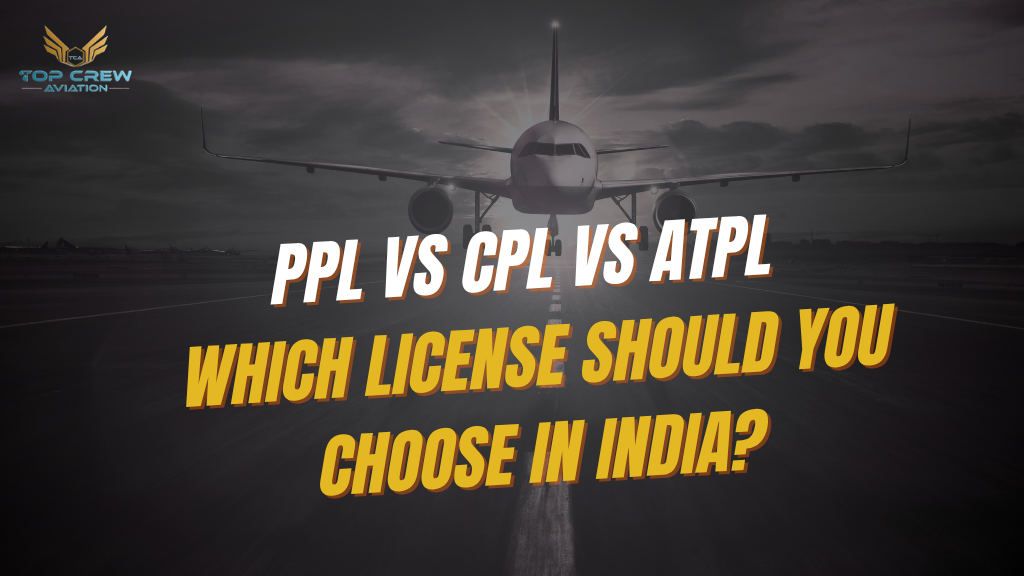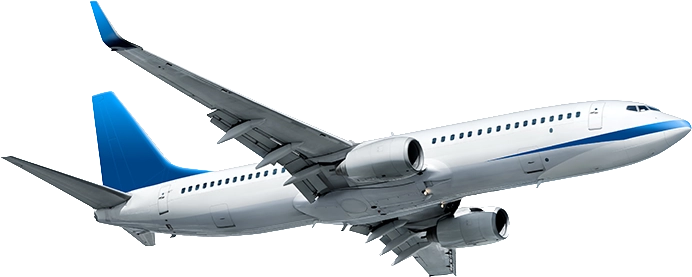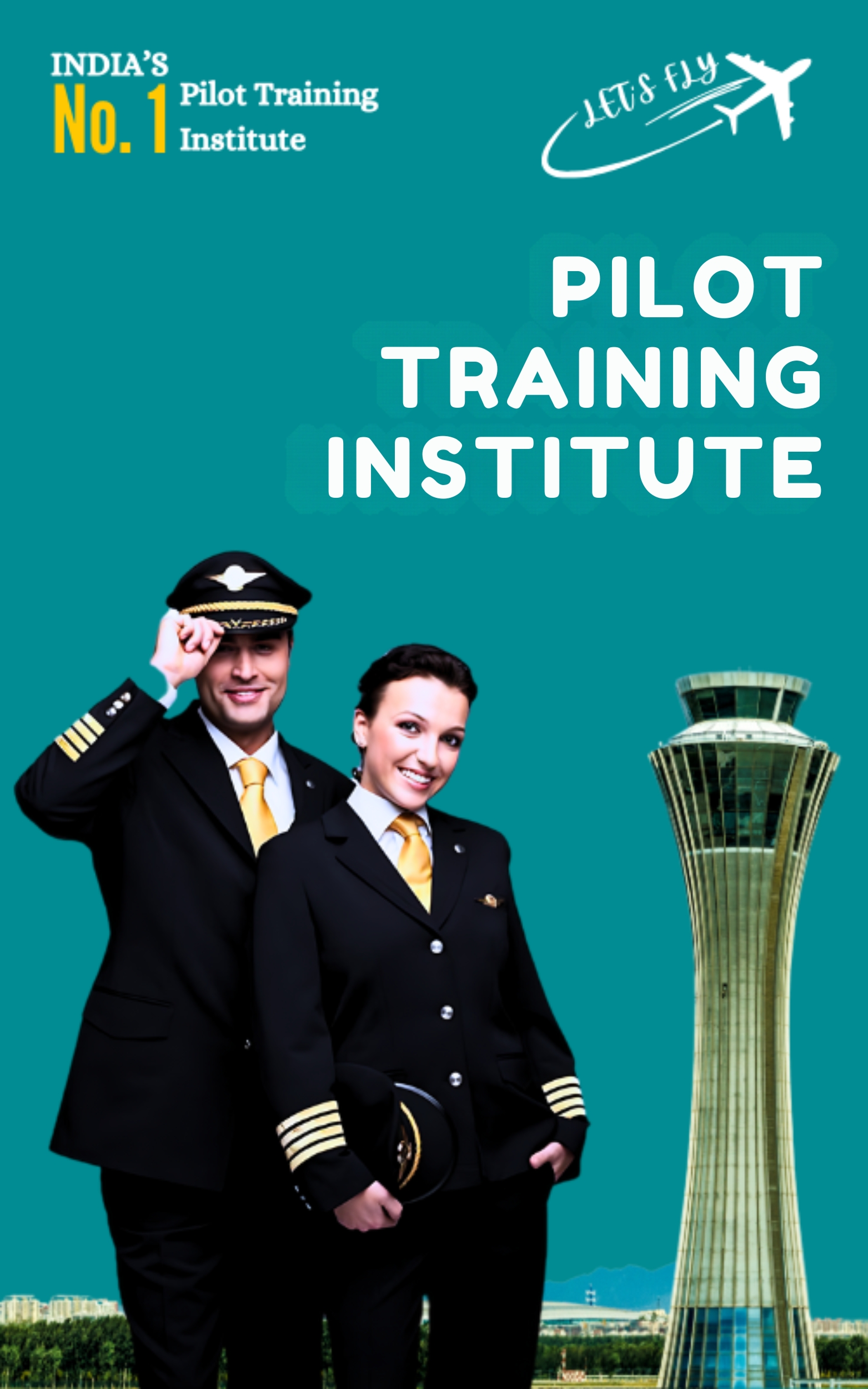PPL vs CPL vs ATPL: Which License Should You Choose in India?
One of the first questions aspiring pilots ask when they turn toward building an aviation career is: Which license should I pursue? In India, the journey of a pilot is dominated by three main types of licenses: PPL-Private Pilot License, CPL-Commercial Pilot License, and ATPL-Airline Transport Pilot License. Every license has various uses related to eligibility, training, and career opportunity.
So, if you are a flight aspirant, this guide will walk you through the differences among PPL, CPL, and ATPL and more importantly, which one is for you.
What is PPL (Private Pilot License)?
PPLs, which are the very first in India, are licenses issued to fly light aircraft for personal use and leisure and not for commercial basis.
- Eligibility:
- Minimum 17 years of age
- Passed 10+2 with Physics and Mathematics from a recognized board
- Medically fit (Class 2 medical)
- Training Duration: 6 months to 10 months
- Minimum flying hours: 40-60 hours in DGCA approved flying schools
- Career Scope:
- One cannot earn using a PPL.
- If you are flying out of hobby or personal business requirements, it is perfectly fine.
- A lot of pilots start out with a PPL as their first step, being upgraded later to CPL.
Ideal for: People passionate about aviation and want to fly for passion and not as a career.
What is CPL (Commercial Pilot License)?
In India, the CPL Training is the most commonly chosen course by aviation students. The license confers the holder the ability to operate professionally as a pilot and be remunerated for flying.
- Eligibility:
- Minimum Age – 18 years
- 10+2 with Physics and Mathematics (Science Background is compulsory)
- The applicant must hold a DGCA Class 1 medical certificate.
- Training Duration- 18-24 months (depending on flying school and weather conditions)
- Flying Hours Required- Minimum 200 hours of Flying (including Solo Flying and Cross-Country Flying)
- Career Scope:
- Work as a pilot in domestic and international airlines
- Pilot for charter flights, cargo flights, and corporate jet operations
- With further experience, one can qualify as a captain
Best for: Students who want to make a full-time career in pilot work in airlines or corporate aviation.
What is ATPL (Airline Transport Pilot License)?
It is the highest level of pilot certification. This license is mandatory to become the Captain or Commander of large commercial aircraft.
- Eligibility:
- Minimum Age- 21 years
- Must hold a valid CPL with IR and ME endorsements
- DGCA Class 1 Medical fitness
- Flying Hours Required- Minimum 1500 hours of flying experience
- Training Duration- Depends on individual progress, being after several years of flying with a CPL
- Career Scope:
- Eligible for Captaincy at commercial airlines such as Air India, IndiGo, Vistara, AirAsia, or it may also open doors for international carriers.
- May also be considered for senior positions with corporate and charter operations.
Best for: Senior pilots wishing to take the last step in the aviation hierarchy to an airline captain
PPL vs CPL vs ATPL: Key Differences
| Feature | PPL | CPL | ATPL |
| Full Form | Private Pilot License | Commercial Pilot License | Airline Transport Pilot License |
| Purpose | Personal flying, hobby | Professional flying, earn salary | Airline Captain, senior pilot |
| Age Limit | 17+ | 18+ | 21+ |
| Medical Requirement | Class 2 | Class 1 | Class 1 |
| Flying Hours | 40–60 | 200 | 1500 |
| Career Scope | Hobby, leisure | Airline/charter pilot | Captain/Commander |
| Salary Potential | None | ₹2.5–12 lakh/month (as airline FO/Captain later) | ₹6–15 lakh/month (Airline Captain) |
Which Pilot License Should You Choose in India?
The answer depends on your career goal:



